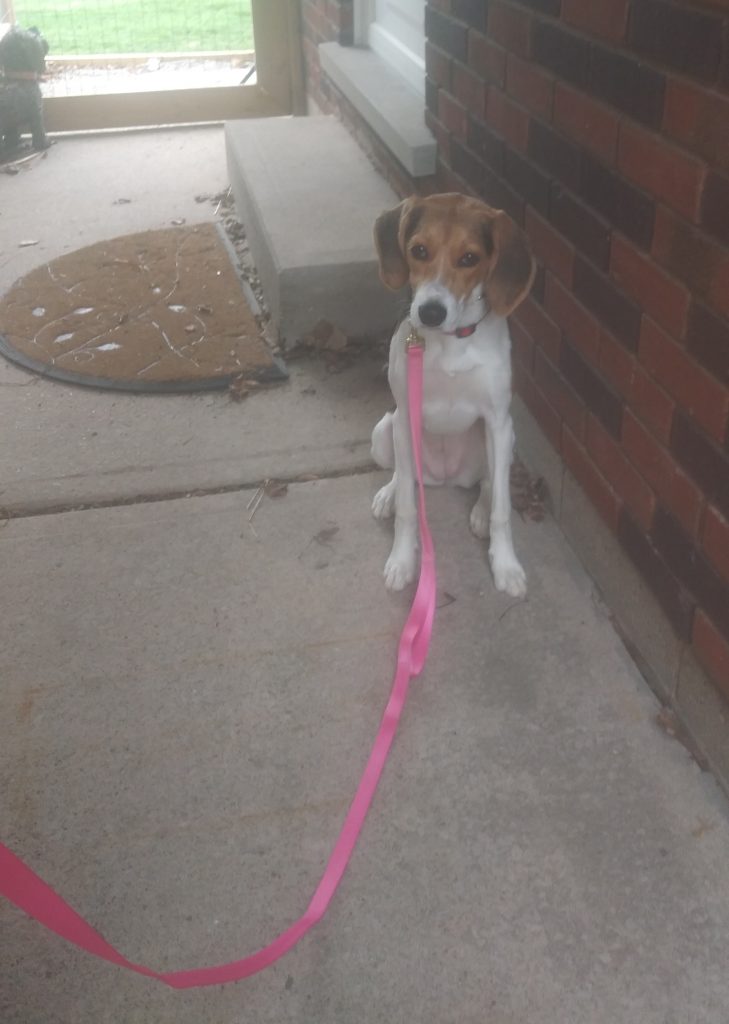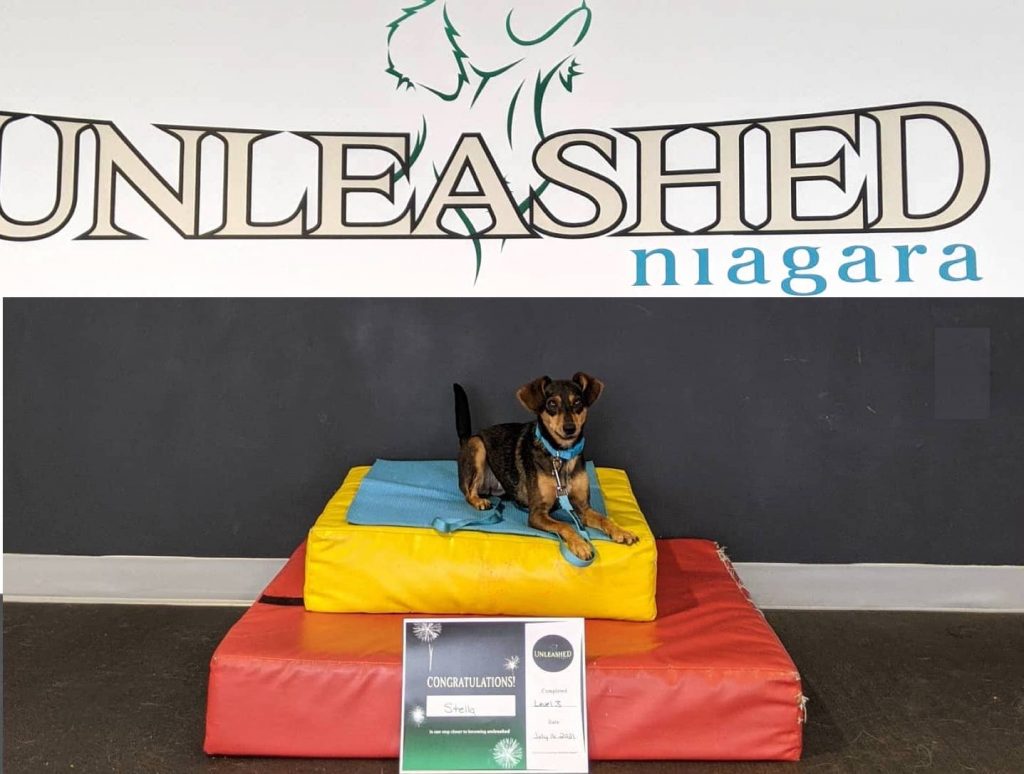The pandemic has had all kinds of effects on families and the dogs who live with them.
Some of the effects are terrific. Dogs received lots of attention from folks locked down with them. What puppy doesn’t love being the center of the universe?
Some of those effects are not so desirable. The change in family dynamic that come with a return to a more “normal” pattern has made for dogs who have a hard time being separated from their people even for brief durations; dogs that are overly reactive; dogs that are overly fearful; dogs unable to adapt to change. For these families, a board and train program may provide respite and a fresh perspective.
Board and train services help families and their dogs gain perspective when daily life is spiralling in unwanted directions
Simply explained, a board and train program involves a client’s dog living in the home of the dog trainer. It is an immersive experience for the dog, to achieve a specific goal defined by the dogs’s family. All aspects of the dogs daily lives are documented, managed and molded. Training strategies consider everything – what they eat, when they eat, how they eat, sleep, work and play. Because every aspect of the dog’s life is controlled, the trainer has the ability to enhance, expedite, reduce or modify strategies in real time. All of which can help move towards the dog’s training goal more efficiently.
Whenever we work with sentient beings, there is no guarantee that the dog will return to their furever home “the perfect companion.” Any trainer that suggests this is possible, in my opinion, is not being responsible to their clients both 2 and 4 legged.
What is possible (and very likely) is a helpful shift in perspective.
A dog trainer has spent hundreds of hours, days and ideally many years observing and guiding their animal charges to become comfortable living in a human world. If that trainer has said yes to taking a dog into their board and train program, that means there is a very high probability the dog will be understood, and in turn come to understand what is expected of them. From the dog’s point of view, and I am anthropomorphizing here a little, there may be a feeling of “finally, someone gets me!” Most dogs really do want to make their people happy.
For the human family, a board and train program can provide a much needed break from a long slide down the slope of frustration. When your beloved adolescent pup has been barking non stop for three days straight, is humping everything in sight, tears up the garbage on a regular basis, and pulls you off your feet every time you step out the door (literally or figuratively speaking) it can be really hard to remember you love them! Sometimes the change from a one-dog to a multiple dog family creates pack dynamics that need extra attention. For families that have opened their hearts to an adopted dog, the past life of that dog is often a mystery, they are often already adults, so behaviours can be more complicated to decode.
Best Board and Train Dog Trainers
I feel the best trainers have honed their ability to interpret behaviours through hands on experience, tons of observation, use science based methods, practice positive reinforcement, and have a portfolio of successful outcomes.
It’s not like dog trainers are all knowing. It’s simply that they, we, spend most waking hours with and around dogs. Like 24/7 dog, more than one, every day of every week, month and year! For me, that fact has translated into intuitive and nuanced translations of “dog,” more so than the average pet owner.
There are limitations to board and train programs. That’s because behaviour is learned and therefore requires reinforcement. Not only at the time of active training but throughout the dog’s life. Perhaps not at the intensity first required, but definitely on an ongoing basis. If the furever family thinks it’s “all done” when the dog comes home, the program is doomed to failure. If the dog trainer thinks it’s “all done” when the dog goes home, also failure. Rather the dog trainer’s duty is to support the family beyond the boarding period. That ensures the family understands what needs to change / happen / be reinforced on the home front, then and beyond.
Board and Train Follow Through Success
Follow through happens before the dog goes home, at the reunion, and for a period of time after, the extent dependent on the issue being addressed.
Before, the family may be asked to acquire items such as crates, calming aids, play or training equipment. At the reunion, the trainer will review all the training techniques – those that worked, and those that did not work – practiced with the dog during boarding. After a period of time, responsible trainers will check in with the family to assess longer term results, and recommend additional modifications to the plan if needed.

Fostering Dogs
Fostering dogs for bone fide rescue organizations is the volunteer version of board and train. I have been privileged to work with rescue groups, both shelters and more often independent. I have fostered more than a hundred dogs. Some stayed just a week and needed little more than a reminder of their innate good nature. Some have stayed half a year. They came to me as huddled, emaciated creatures not able to look at a human without shaking in fear. All but three (who I adopted myself!) were adopted to furever homes and remain(ed) there for the rest of their natural lives. Not perfect, but perfectly suited to their new lives. Yea!
Furever Board and Train Program
I have been boarding dogs professionally for many years. I earned my training credentials through Certification Council for Professional Dog Trainers® (CCPDT®). This year marks eight years dog training in Niagara. I joined professional dog school Unleashed Niagara more than five years ago, which has become a personal best in my career.

It is a natural evolution to formally offer board and train services to families who are looking to invest in their relationship with their dogs.
Read more about Furever Board and Train Program options here on the website.


